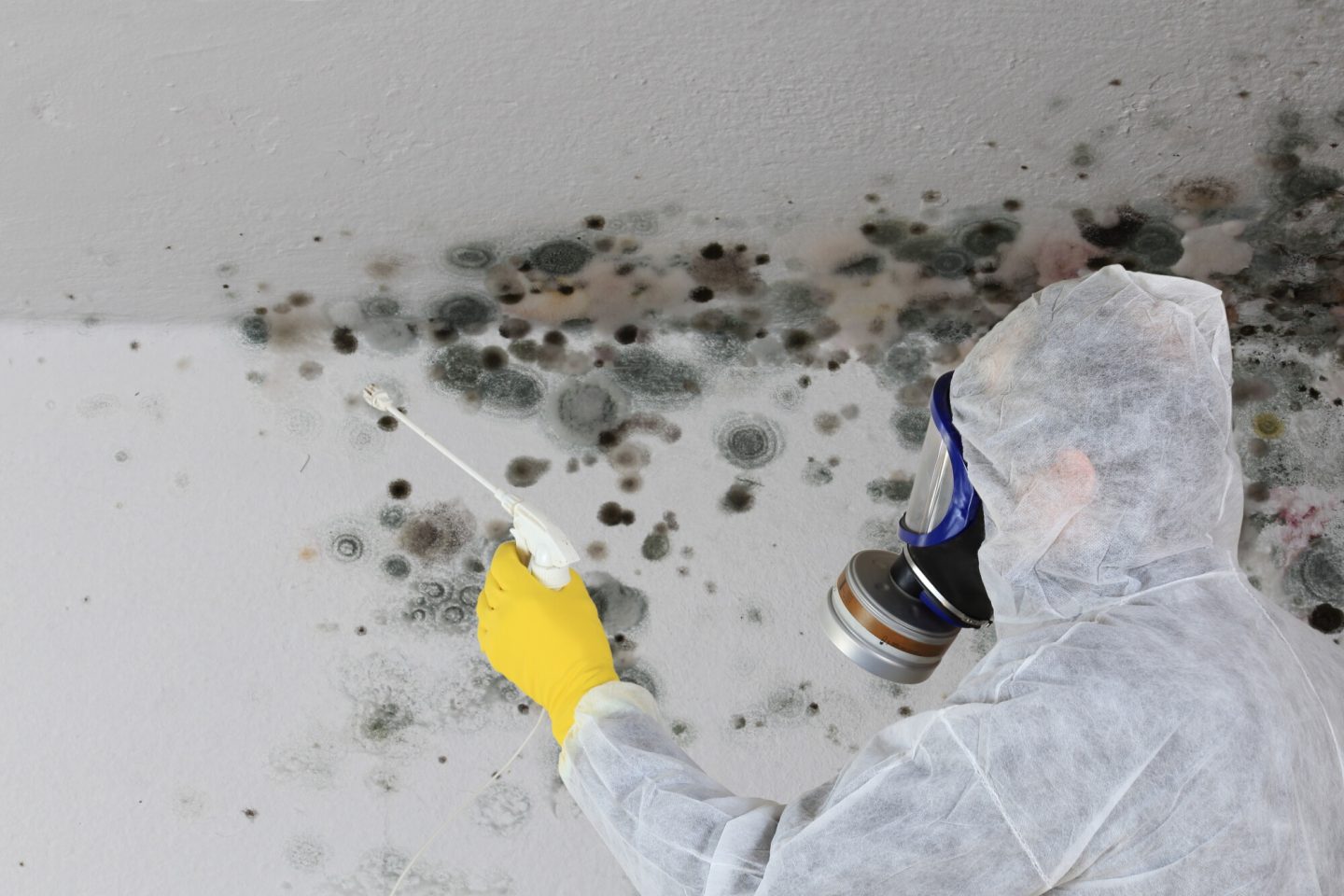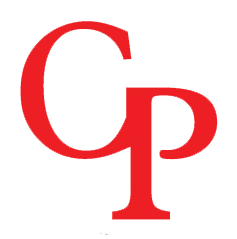
Mold can be a silent but harmful presence in homes and buildings, particularly when it grows in hidden places. Unseen mold not only damages property but can also pose serious health risks. Detecting hidden mold is crucial for maintaining a safe and healthy living environment. This blog post will explore various methods used to detect hidden mold, emphasizing the importance of professional intervention. We’ll conclude by introducing Cal Prestige, a leading restoration company specializing in mold detection and remediation in Southern California.
Understanding Mold and Its Risks
Mold is a type of fungus that thrives in moist environments. It reproduces through tiny spores that travel through the air and can grow on almost any surface. While mold is essential in nature, it can cause problems when it grows unchecked in homes or buildings. Mold exposure can lead to health issues, especially for those with allergies or compromised immune systems.
For more information on mold and its health impacts, the Centers for Disease Control and Prevention (CDC) provides comprehensive resources.
1. Visual Inspection
The first step in detecting hidden mold is a thorough visual inspection. Mold can often be identified by its musty smell and appearance, which can range from black, green, or white patches. However, not all mold is easily visible, and hidden mold can lurk behind walls, under floors, or in ceilings.
2. Moisture Meters
Mold needs moisture to grow, so detecting excessive moisture is a key step in finding hidden mold. Moisture meters are tools used to measure the moisture content in materials like wood, drywall, and concrete. High moisture readings often indicate a potential for mold growth.
3. Thermal Imaging Cameras
Thermal imaging cameras are advanced tools that detect temperature differences in walls and other surfaces. Cooler temperatures can indicate dampness, which could be a sign of mold. Thermal imaging can help locate the source of moisture without the need for invasive measures.
For an in-depth look at how thermal imaging works in mold detection, The International Association of Certified Home Inspectors offers detailed explanations.
4. Air Sampling
Air sampling tests the concentration of mold spores in the air. Samples are collected from different areas of a property and sent to a laboratory for analysis. This method can help identify the presence of mold, even if it is not visible.
5. Surface Sampling
Surface sampling involves taking samples from surfaces to test for mold. This can be done through swabbing, tape lifting, or bulk sampling of materials. Like air sampling, these samples are analyzed in a lab to identify the type and concentration of mold present.
6. Borescope Inspection
A borescope is a small camera on a flexible tube that can be inserted into small openings or cavities. It allows for visual inspection of areas that are otherwise inaccessible, such as inside walls or air ducts.
7. Professional Mold Assessment
While some mold can be detected through DIY methods, professional assessment is often necessary for accurate detection, especially for hidden mold. Professional mold inspectors have the expertise and tools to conduct comprehensive assessments and provide appropriate remediation recommendations.
Cal Prestige: Expert Mold Detection and Remediation in Southern California
In Southern California, Cal Prestige is a trusted name in mold detection and remediation. Our team of skilled professionals uses a combination of advanced technologies and proven methods to accurately detect and address mold problems. We understand the risks associated with mold and are committed to providing thorough and effective solutions to keep your home or business safe and healthy.
Hidden mold is a serious concern that requires vigilant detection and prompt action. With the use of advanced technologies and professional expertise, it’s possible to identify and remediate mold before it becomes a larger problem. For residents and businesses in Southern California, Cal Prestige offers expert services in mold detection and remediation, ensuring your environment is safe, healthy, and free of unseen threats.

